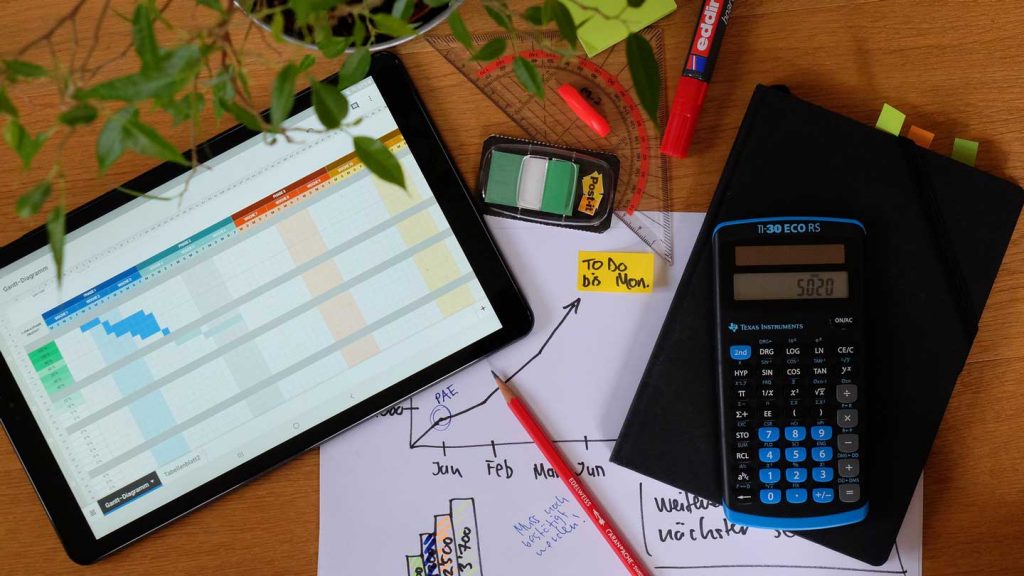A managed account is a type of investment management account that manages a group of investments for the account holder. Also known as a wrap account, it offers the service packages for a reasonable price. A managed account is beneficial because it provides a decent service, while others have high fees and taxes.
Types of Managed Accounts
An investment advisor has the power to manage a separately managed account. The role of this account is it is a portfolio of stocks. The advisor may also manage the portfolio of mutual funds or a wrap account, which implies a mutual fund management service that covers the brokerage fee cost. The advisor may recommend you to invest money both separately managed accounts and wrap accounts.
Fees
When your advisor suggests you invest in both the accounts, it means that you have to deal with a lot of fees. These fees can make the wrong type of account more expensive. Investment management doesn’t necessarily mean higher returns. In mutual funds, this notion is the complete opposite – the higher the mutual fund fees, the lower the returns.
Index funds charge a rate of about 0.10 to 0.35%, which means that if the advisor charges a percentage of it with the index funds inside the account, the total cost will end up to 1.25%. In contrast, if the advisor uses funds with higher fees, including lots of trading costs, that might put a bit strain in your pocket. The overall price might sum up to 2 to 3% per year.
Taxes
Managed accounts that are active often have frequent trading that occurs inside them. This means that they aren’t tax-efficient and might not prove the best solution for non-retirement money. Accounts that make frequent changes to your portfolio generate higher transaction fees, and you have to pay a higher tax bill. This surge in fee can dwindle your overall investment return.
If you own non-retirement accounts or a combination of both retirement and non-retirement accounts, they need to pay special attention to after-tax returns. A good investment advisor can easily place tax-efficient investments in your non-retirement accounts. This is called asset location. When you follow the procedure correctly, it can increase the status of your after-tax returns.
Final thoughts
Finding the best-managed accounts is like doing your taxes. You can do it yourself or pay someone else to do it for you, but you need to pay a fee. In exchange for money, they would build an appropriate allocation, choose low-cost funds, and monitor it. Then they will report it to you so that you know the percentage return. You can do it yourself but hiring a professional will help you achieve the best result. However, hiring someone doesn’t mean a guarantee that you will get higher tax returns all the time. You need to be disciplined with the process. Pay attention to total costs and ask for an estimate of all trading costs. If you have money in different accounts, you need to find an advisor or forex managed accounts platform to manage your assets.


